
A simple guide for beginners who want connection—not just clicks
Starting your business is exciting—but let’s be honest, trying to figure out email marketing can feel like a big, confusing mess.
You might be thinking:
- “Do I even need an email list?”
- “Where do I find people to sign up?”
- “What do I say in the emails?”
- “What if no one opens them?”
Here’s the truth: You don’t need a giant list or fancy tools. You just need the right strategy—and some kindness and clarity along the way.
In this guide, I’ll walk you through how to:
- Grow an email list of the right people
- Get them to actually open your emails
- Build trust and connection that turns subscribers into clients
Let’s make email marketing feel easy. 💛
Why Your Email List Is SO Important (More Than Social Media!)
Your email list is like your VIP community. It’s a space you own—unlike social media, which can change at any time.
Here’s why it matters:
- You can talk directly to your people
- Your message won’t get buried by an algorithm
- You can build real relationships and trust
- Email converts better than social media for sales (yep, it’s true!)
Plus, if Instagram or TikTok disappears tomorrow… your email list is still yours.
Step 1: Start with a Freebie People Actually Want
No one wakes up thinking, “I’d love more emails in my inbox today!”
People join email lists when they get something valuable in return.
People join email lists when they get something valuable in return.
This is called a freebie (or lead magnet). It’s a simple gift you give in exchange for someone’s email.
Great freebies solve a small, real problem.
Examples:
- A checklist: “10 Things Every New Business Website Needs”
- A mini guide: “How to Create a Brand You Love in 5 Steps”
- A template: “Weekly Wellness Planner”
- A quiz: “What Type of Website Do You Need?”
Make sure your freebie is easy to use, super specific, and made for your dream client. Don’t try to be everything to everyone.
Step 2: Use a Simple Email Tool (You Don’t Need to Be Techy)
You’ll need an email marketing platform to:
- Collect emails
- Send automated welcome emails
- Write and schedule newsletters
Some great beginner-friendly tools:
- MailerLite (free and easy!)
- Flodesk (pretty emails, simple design)
- ConvertKit (great if you want to grow and sell)
You don’t need a huge setup. Just a signup form, a welcome email, and a way to send newsletters.
Step 3: Put Your Freebie EVERYWHERE
Once your freebie is ready, shout it from the rooftops!
Places to promote your email freebie:
- Your homepage (add a signup section near the top + bottom)
- Blog posts (mention your freebie where it fits)
- Instagram bio (with a link in your Linktree or Milkshake)
- Pinterest (make a pin that leads to your signup page)
- Facebook groups (only if allowed!)
- Podcast or video description (if you create content)
Pro Tip: Create a pretty graphic in Canva that says:
“Get my free Website Starter Checklist ➡️ [yourlink.com]”
The goal: make it easy for the right people to say “yes, I want that!”
Step 4: Write a Warm, Welcoming First Email
This is your welcome email—the first one people get after signing up. It’s super important, because it sets the tone for your whole email relationship.
Here’s a simple welcome email formula:
- Say hi + thank them
- Deliver the freebie (link or download)
- Introduce yourself (1–2 sentences about who you help)
- Let them know what to expect
- Invite them to reply (this boosts trust + email deliverability!)
Example:
“Hi friend! I’m so glad you’re here. Your Website Starter Checklist is below 👇
A little about me: I help non-techy entrepreneurs build simple websites that work.
I’ll pop into your inbox each week with helpful tips to grow your business online—without the overwhelm.
Hit reply and tell me where you’re at with your business—I’d love to hear!”
Warm, friendly, and easy.
Step 5: Send Emails People Actually Want to Open
Now for the big question:
“What do I even say in my emails??”
“What do I even say in my emails??”
Here’s the secret: Write like you’re talking to a friend.
Use simple subject lines. Be helpful. Be real.
Ideas for what to send:
- Quick tip or tutorial
- Story from your journey
- Favorite tools or resources
- Answer a common client question
- A gentle pep talk or mindset shift
- A sneak peek of what you’re working on
- Invite them to a free call or offer
Subject line examples that work:
- “Feeling stuck with your website?”
- “3 simple ways to get more traffic today”
- “The mistake I made (and what I learned)”
- “This one shift helped me get my first client”
- “You don’t need to be techy to do this…”
Step 6: Stay Consistent (Even If Your List Is Small!)
You don’t need to send emails every day. Once a week or even twice a month is plenty—as long as you show up regularly.
Remember: Your list doesn’t have to be big to be powerful.
If you have 10 people on your list, imagine standing in a room with those 10 people. That’s 10 real lives you’re impacting. 💛
Quick Tips to Get More Opens
- Use short, curiosity-based subject lines
- Add your first name in the “from” field (people open emails from people, not brands)
- Avoid spammy words like “FREE!!!” or “Buy now!” in subject lines
- Keep emails short and easy to scan
- Use emojis—but not too many 😅
- Always add a clear CTA (Call to Action), like: “Hit reply” or “Click here to read the post”
You Don’t Need to Be Fancy—You Just Need to Be YOU
The goal of your email list isn’t to sound perfect. It’s to connect.
To help.
To build trust.
To help.
To build trust.
You’re not writing for the masses. You’re writing for one person who needs exactly what you offer.
So show up. Be kind. Share your story. Offer value.
And little by little, your list will grow—and so will your business.
And little by little, your list will grow—and so will your business.
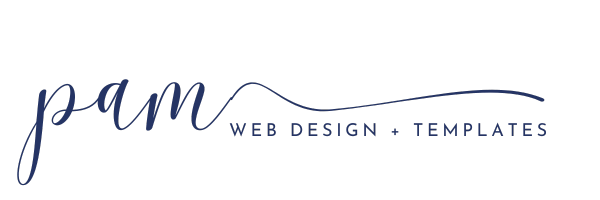







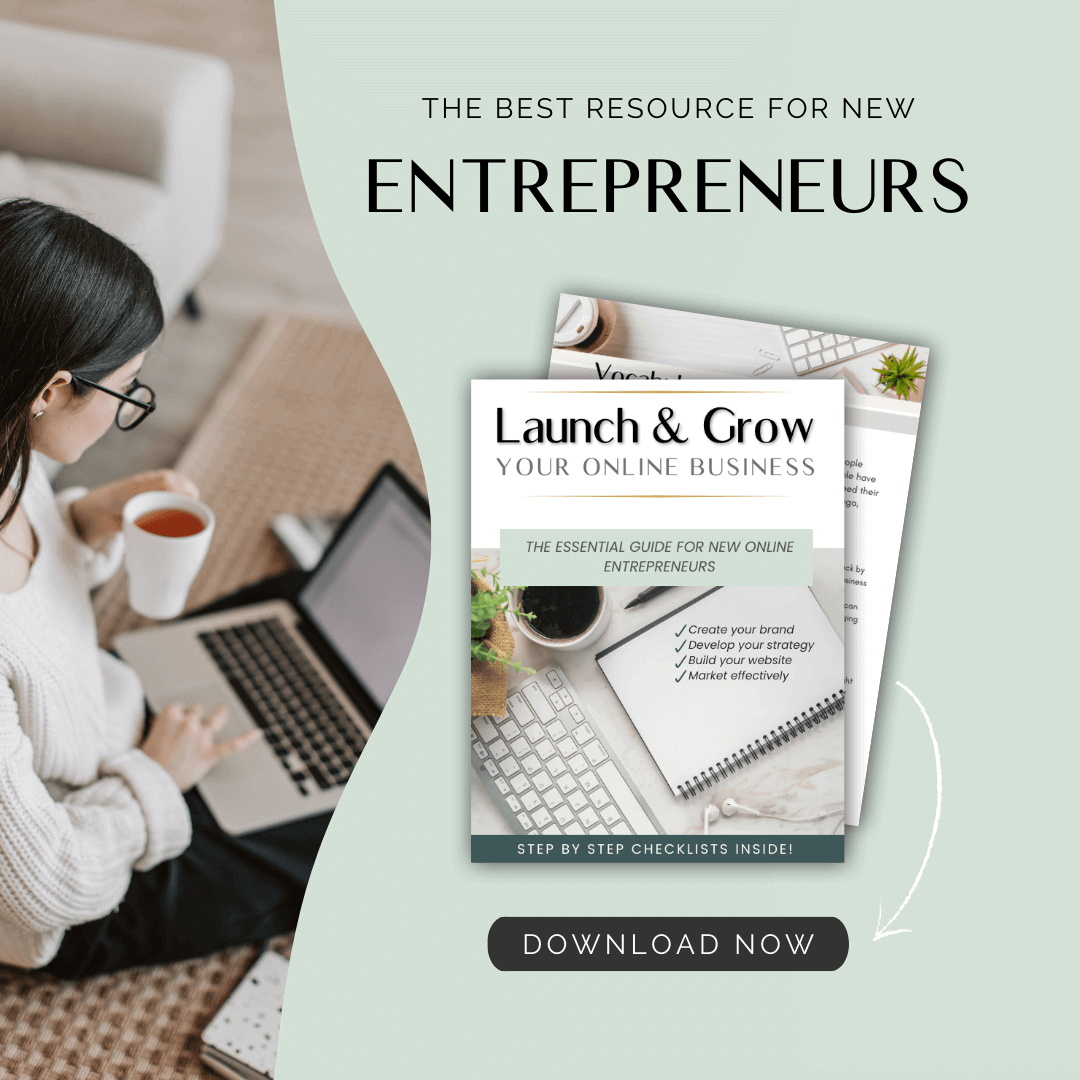
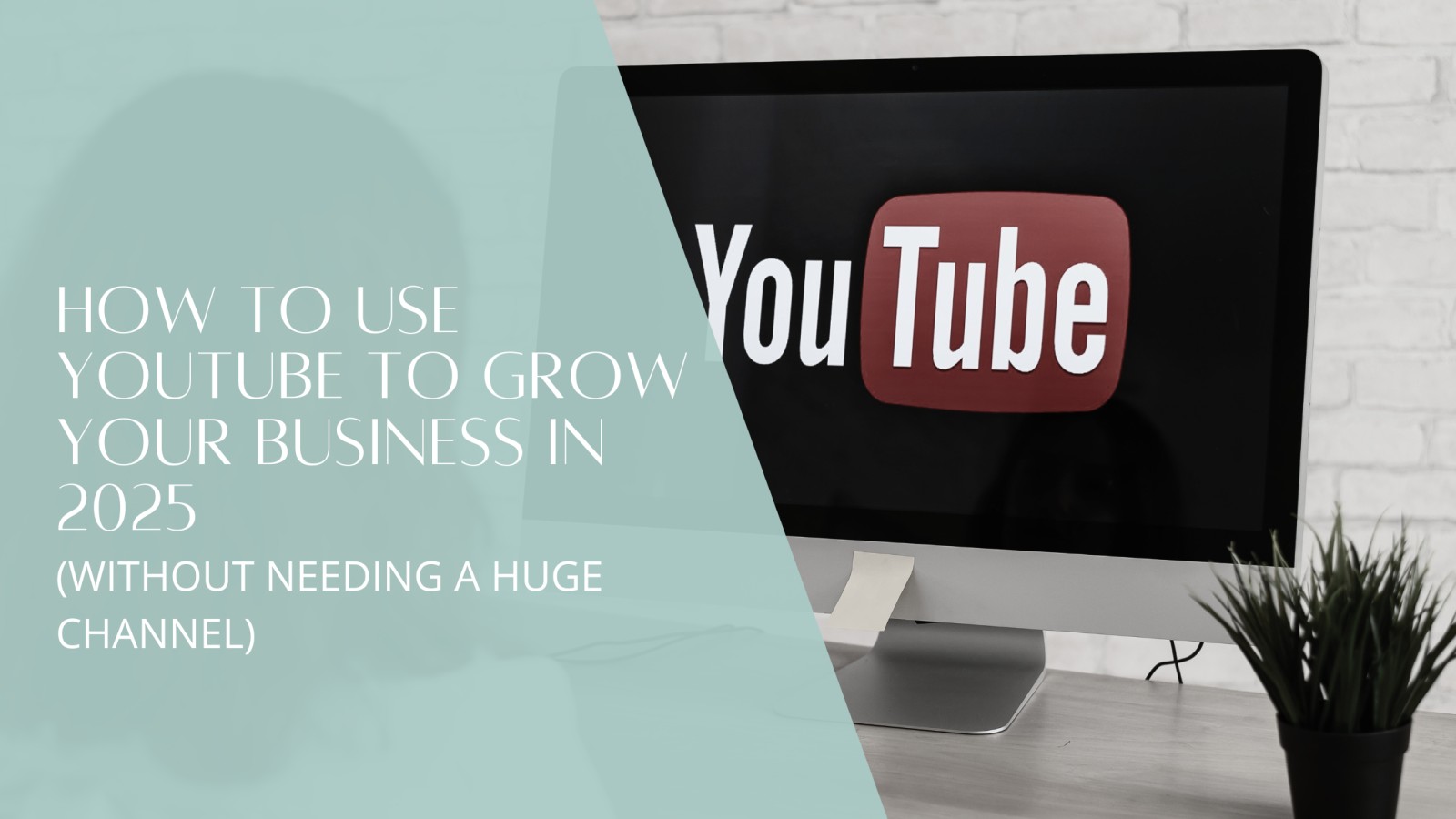
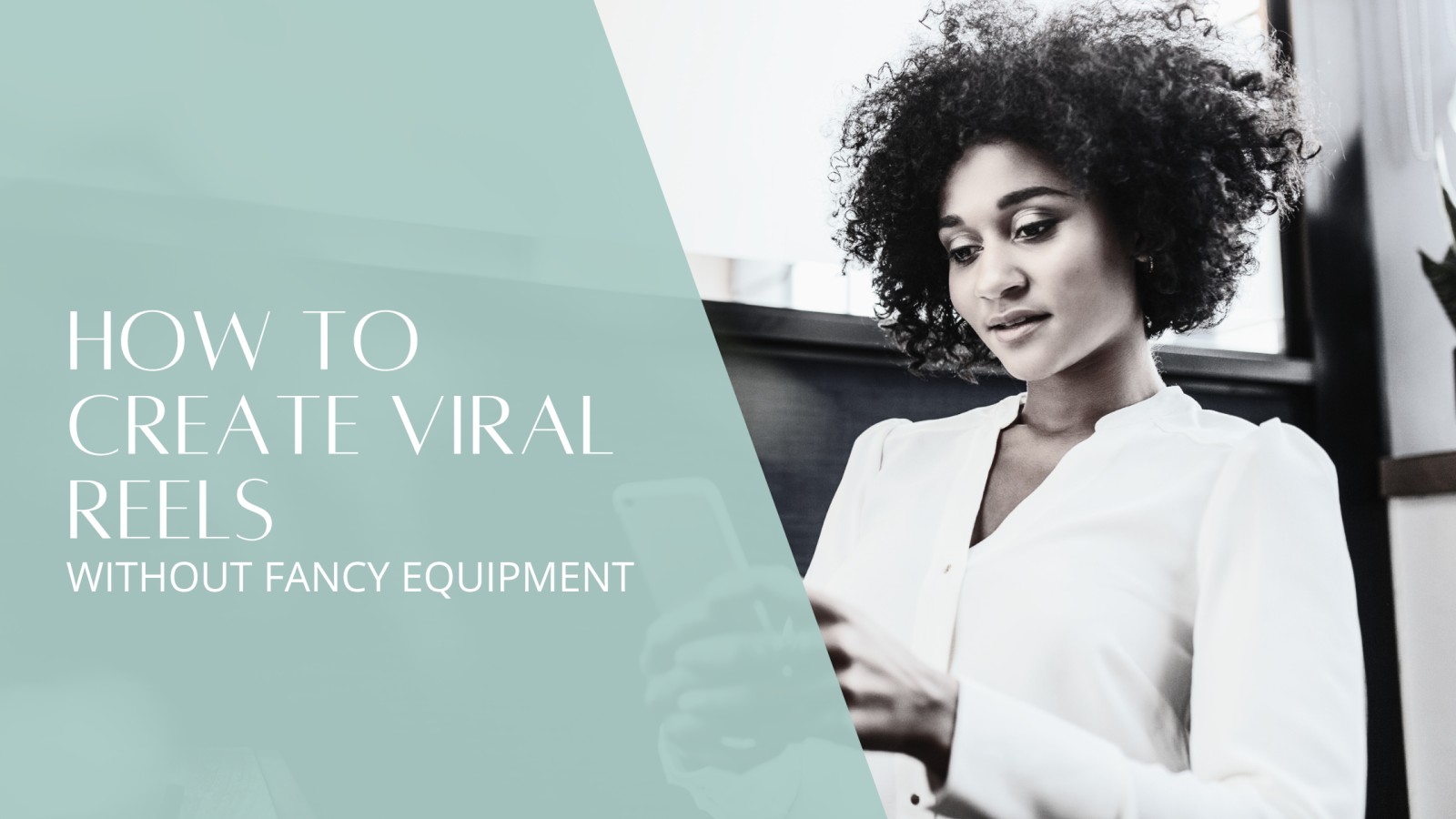

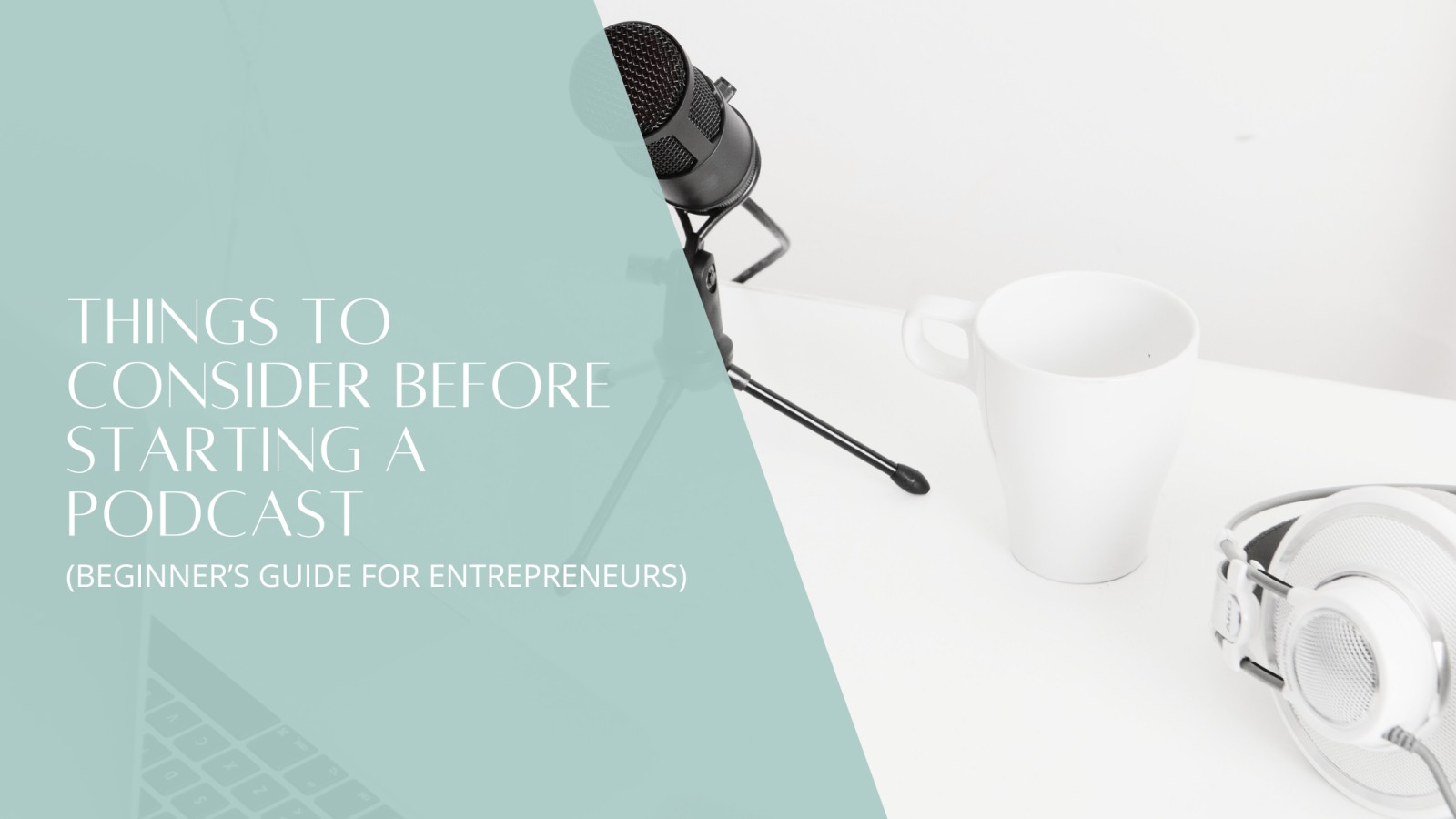
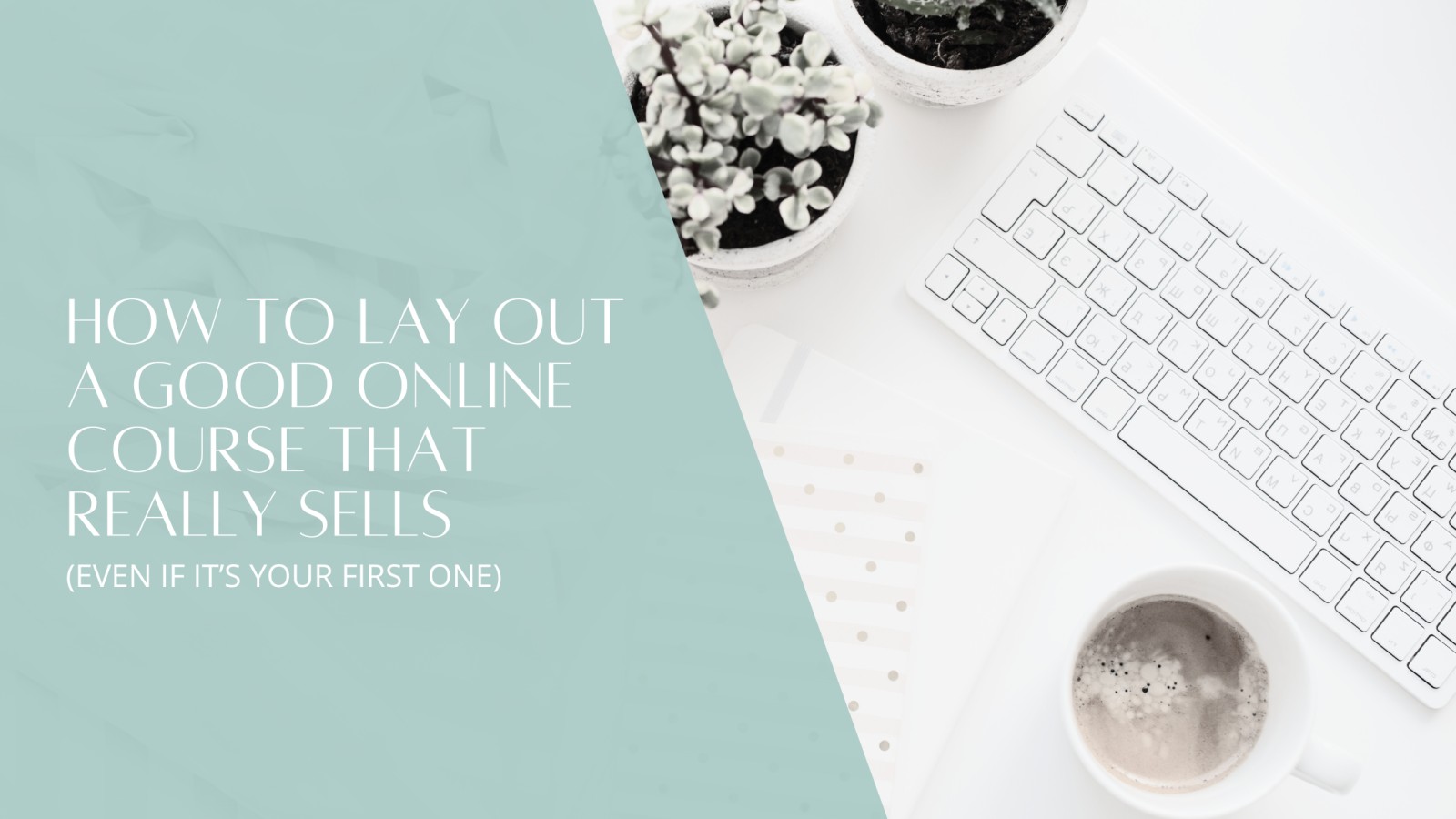




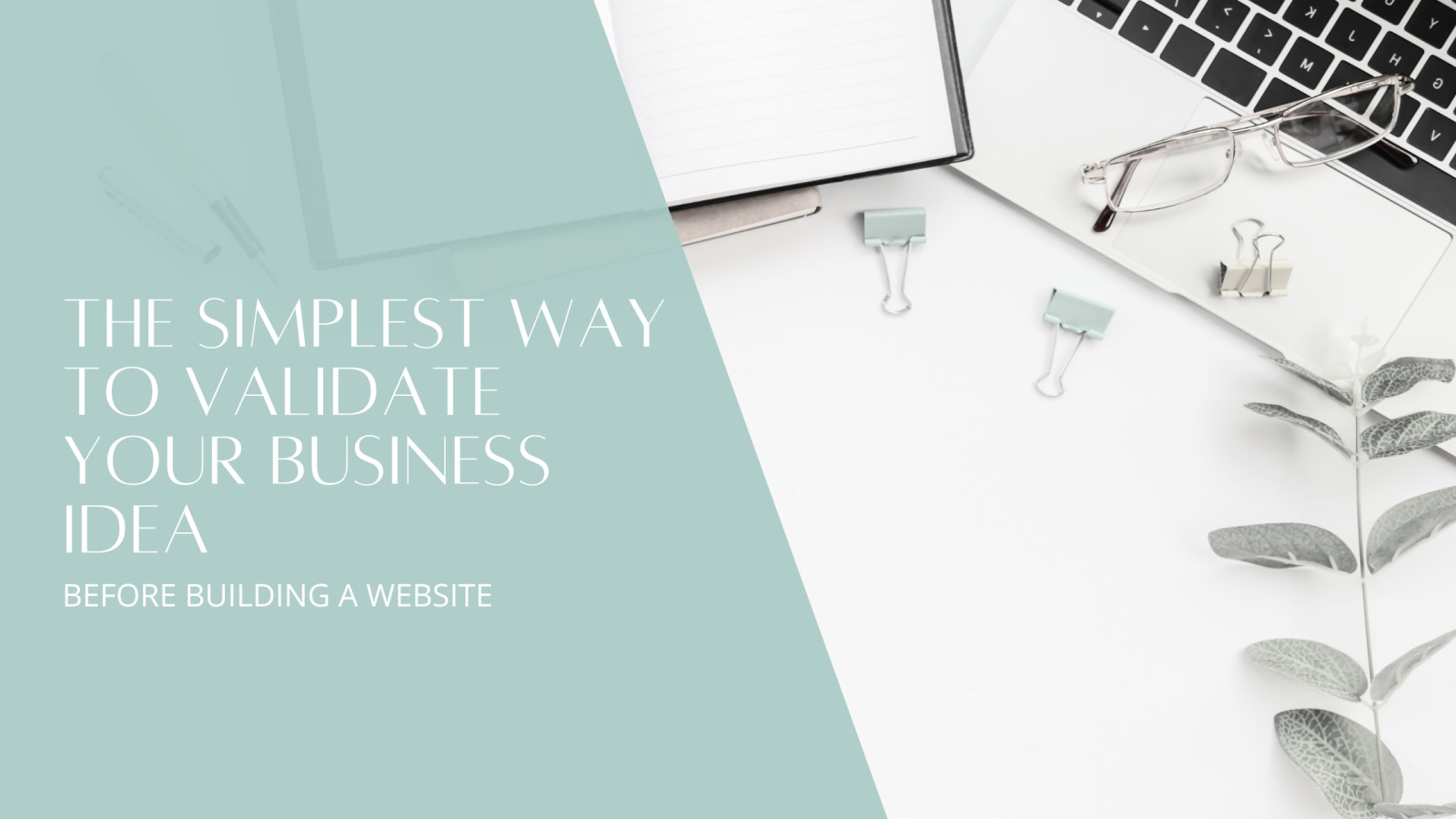
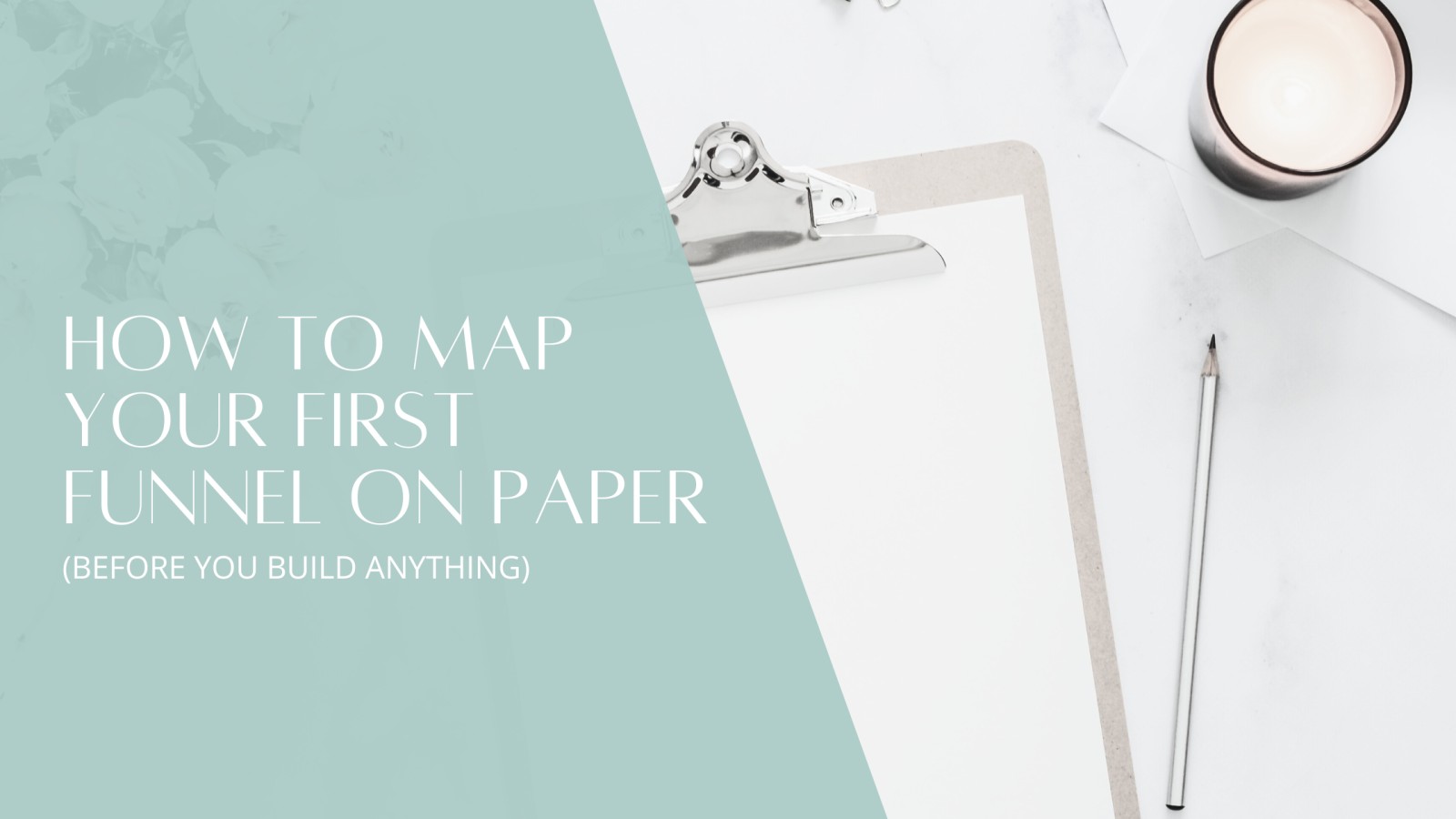

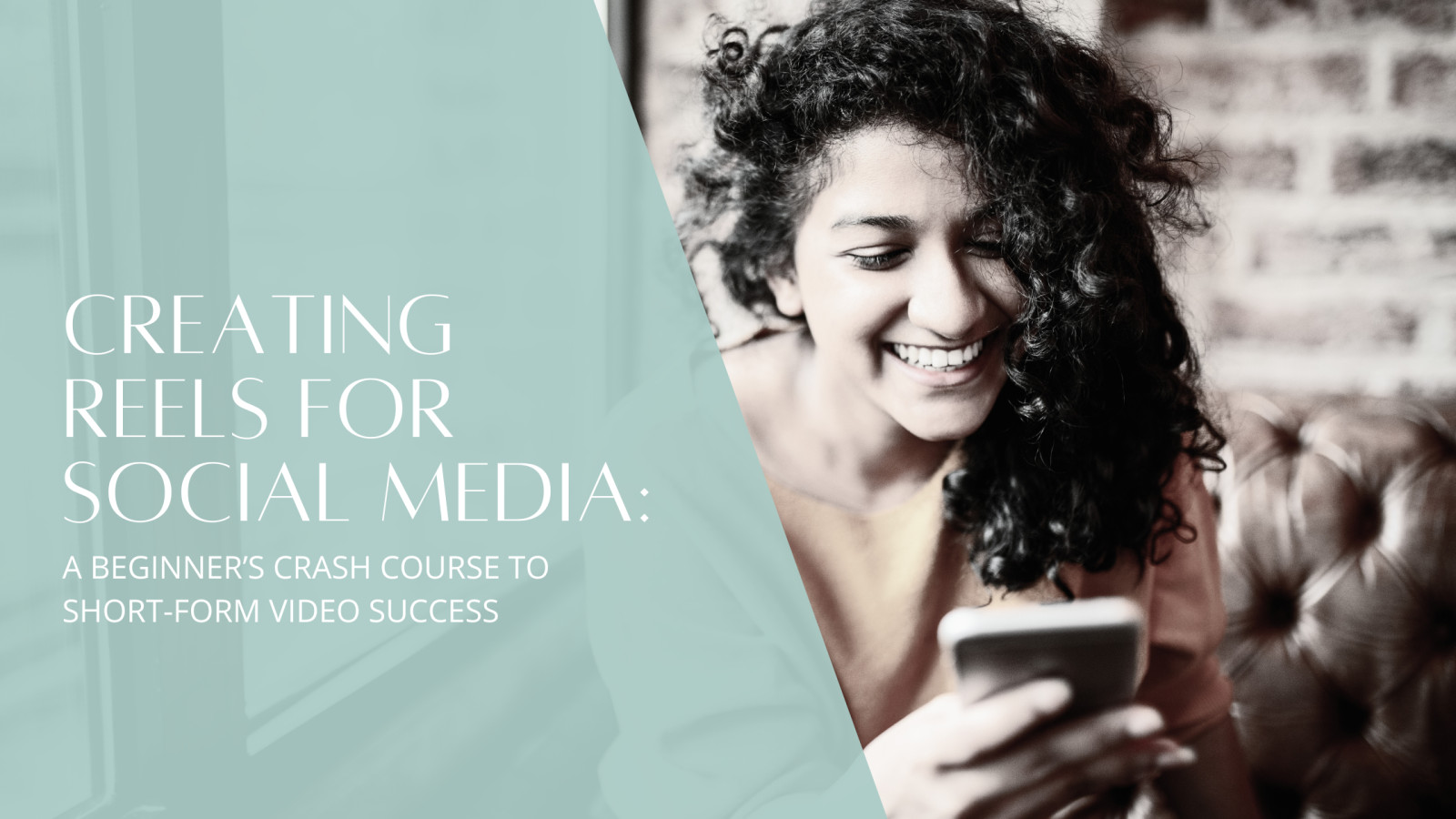
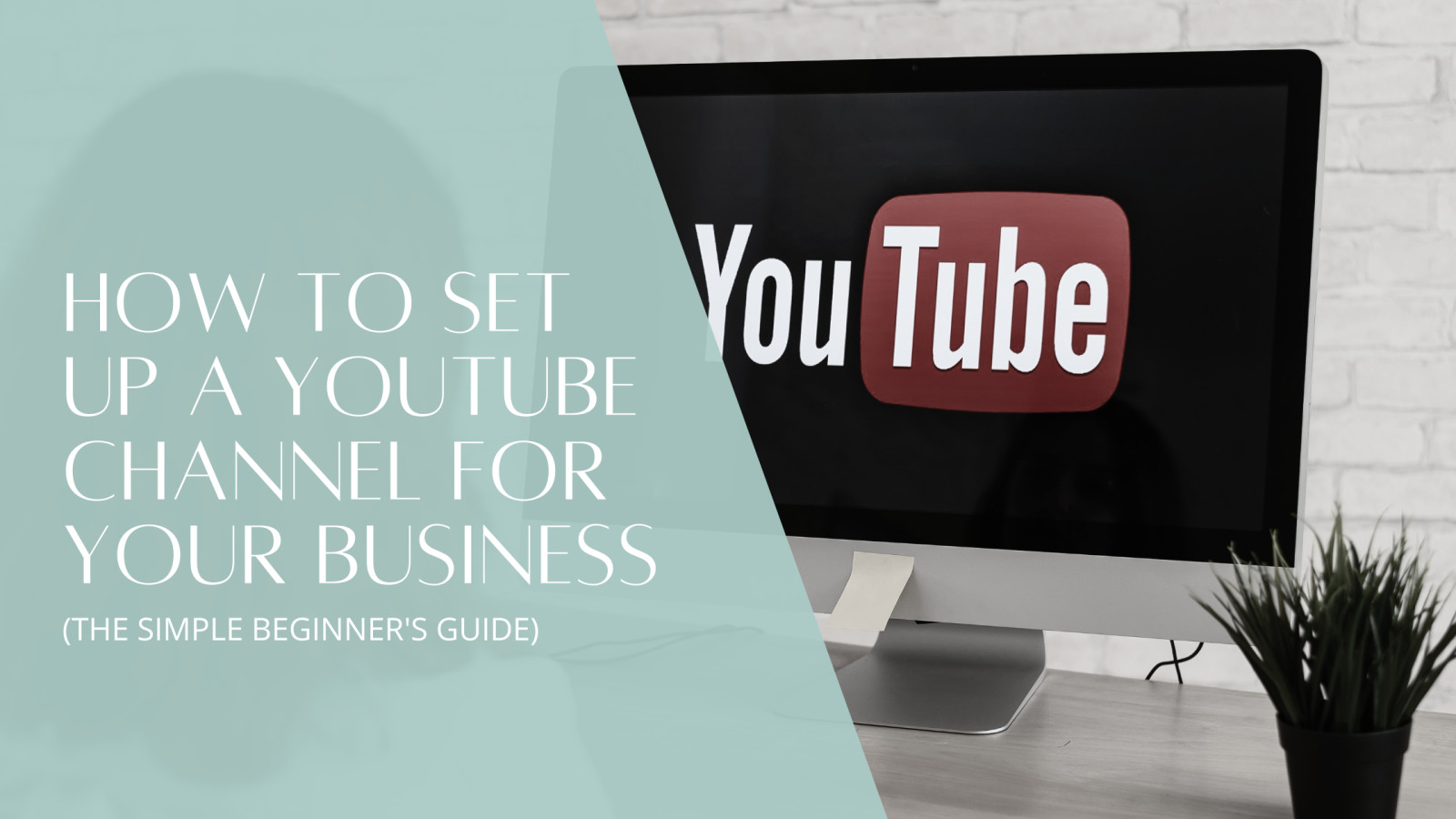
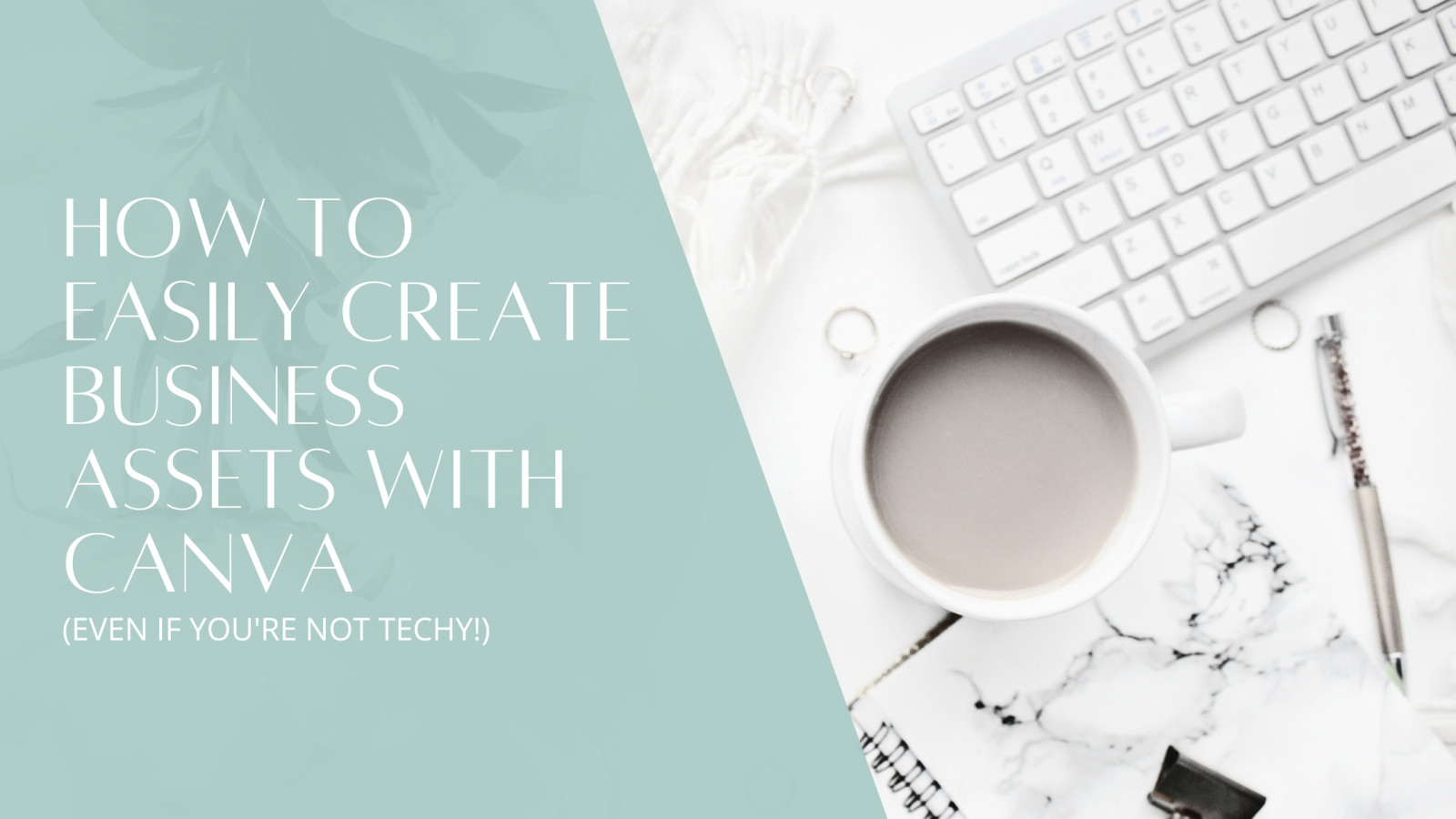










0 Comments